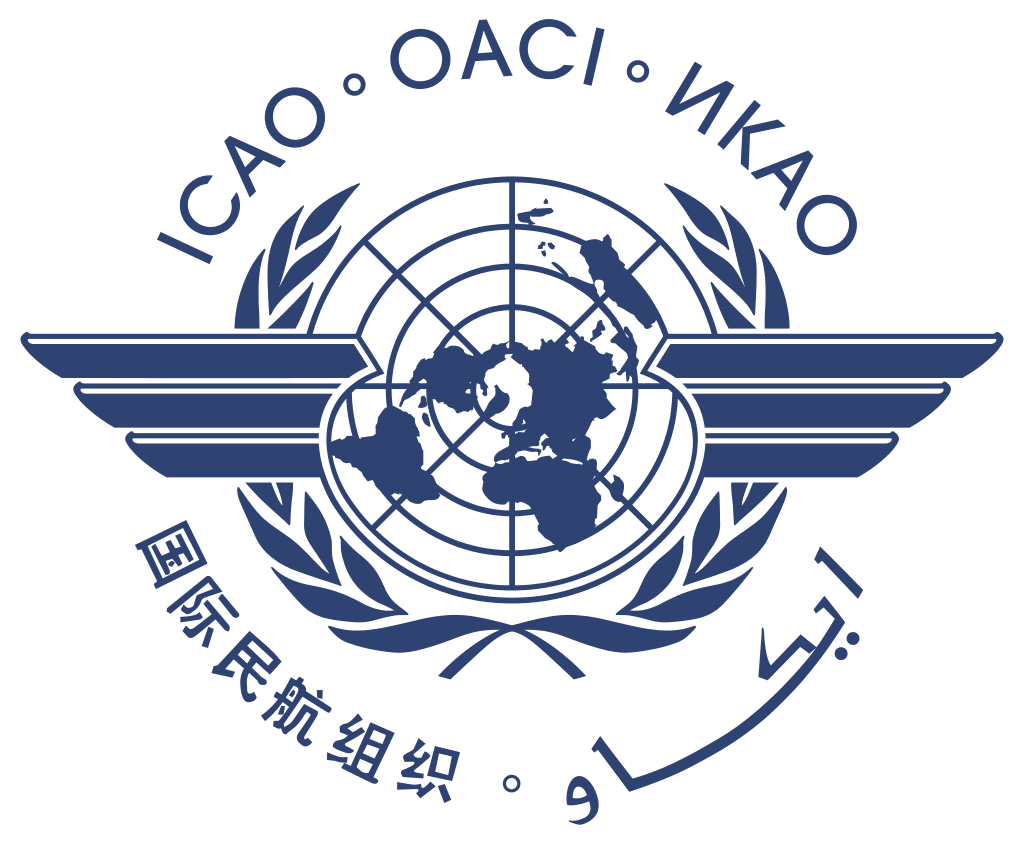ICAO: Safeguarding Global Skies with Unmatched Aviation Standards and Regulations!
ICAO: Safeguarding Global Skies with Unmatched Aviation Standards and Regulations!
The International Civil Aviation Organization (ICAO) is a specialized agency of the United Nations responsible for setting standards and recommended practices for civil aviation. Its mission is to promote the safe and orderly development of international civil aviation and to encourage the development of air transport.
The roles and responsibilities of the ICAO include the following:
1. Setting Standards and Recommended Practices (SARPs): The ICAO is responsible for setting SARPs that govern all aspects of civil aviation, including flight operations, airworthiness, air traffic services, and aerodromes. These standards are designed to ensure that international civil aviation is safe, secure, and environmentally sustainable.
2. Facilitating Cooperation: The ICAO facilitates cooperation between its member states to ensure that international civil aviation is safe and efficient. It also provides assistance to states that may not have the resources or expertise to implement the SARPs.
3. Monitoring and Reporting: The ICAO monitors the implementation of its SARPs by member states and reports on compliance issues. It also provides guidance and training to help states improve their implementation of the SARPs.
4. Investigating Accidents and Incidents: The ICAO investigates accidents and incidents involving civil aircraft that occur in international airspace. It also provides support to states conducting investigations into accidents and incidents that occur in their own airspace.
 |
| International Civil Aviation Organization |
The International Civil Aviation Organization (ICAO) has established international rules and standards to regulate aviation safety and air navigation for all countries. These rules apply to the operation of all aircraft, including aeroplanes. Some of the key ICAO rules for flying aeroplanes include:
1. Pilot qualifications and training: ICAO requires pilots to hold a valid pilot's license, which is obtained through a rigorous training program. Pilots must also meet specific medical requirements to ensure they are fit to fly.
2. Aircraft requirements: ICAO sets standards for the design, manufacture, and maintenance of aircraft to ensure they are safe and reliable.
3. Flight planning and preparation: Pilots must carefully plan their flights and take into account factors such as weather, fuel consumption, and route selection to ensure a safe and efficient flight.
4. Air traffic control: ICAO establishes rules for air traffic control to ensure safe and efficient separation of aircraft and to prevent collisions.
5. Navigation aids and procedures: ICAO sets standards for navigation aids and procedures, such as instrument landing systems and GPS, to help pilots navigate safely in all weather conditions.
6. Communication procedures: ICAO requires pilots and air traffic controllers to use standardized communication procedures to ensure clear and efficient communication.
7. Emergency procedures: ICAO requires all pilots to be trained in emergency procedures, including how to handle engine failures, fires, and other critical situations.
Overall, ICAO rules and standards for flying aeroplanes are designed to promote safety, efficiency, and environmental responsibility in the aviation industry.



